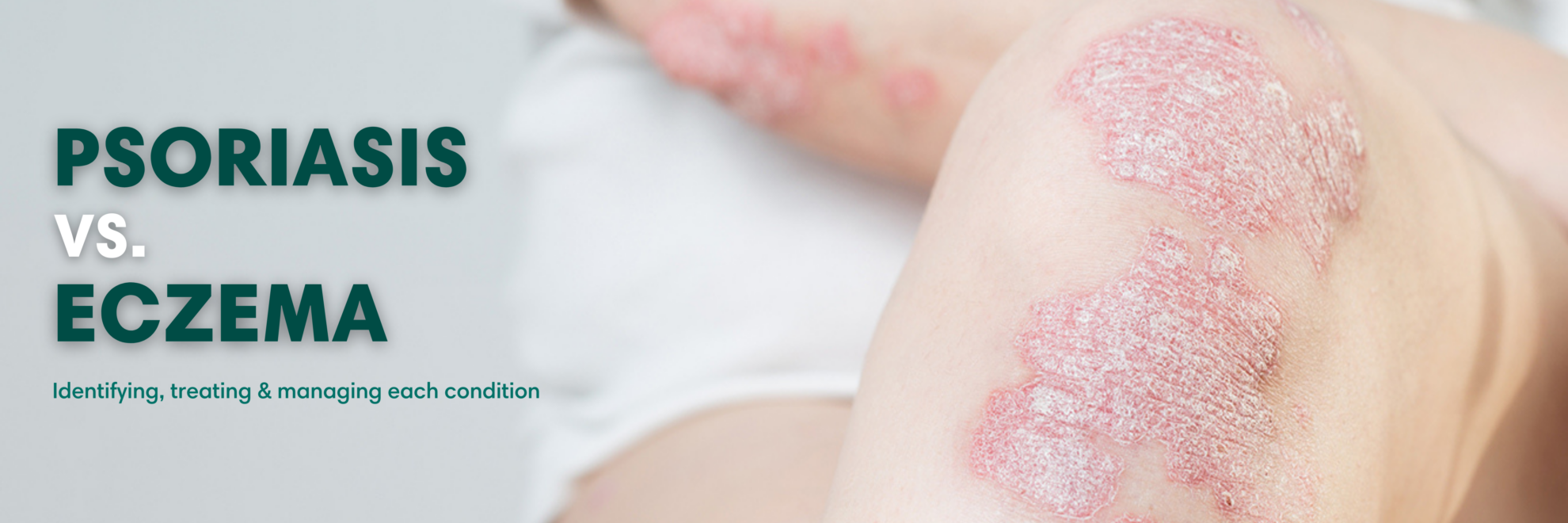
Infective endocarditis is fraught with serious complications that can lead to death. acute heart failure, septic shock, multiple organ failure, etc. Hemodynamic disturbances caused by heart defects contribute to the occurrence of microtraumas of the endocardium and valves. Through these injuries, infectious agents penetrate the endocardium. Microbial colonies very quickly destroy the valves, as a result of which they can no longer perform their functions, and the patient develops rapidly progressive heart failure.
Against the background of infective endocarditis, immune damage occurs to the endothelium (inner layer) of the capillaries of the mucous membranes and skin.
This is manifested by symptoms of hemorrhagic capillarotoxicosis or thrombusculitis. Depending on the cause, infective endocarditis occurs. Based on the nature of the course, the following forms of infective endocarditis are distinguished. Based on the activity of the inflammatory process, infective endocarditis can be active or inactive (healed). The inflammatory-destructive process can be limited (only the heart valve leaflets are affected) or extend beyond the affected valve. The clinical course of infective endocarditis is divided into several stages.
Infectious-toxic. It is characterized by transient bacteremia and the formation of microbial vegetations (colonies) on the heart valves and endocardium. Immune-inflammatory (infectious-allergic). Symptoms of damage to buy claritin online organs are characteristic, that is, signs of splenomegaly, nephritis, hepatitis, myocarditis. Dystrophic. Develops against the background of progressive heart failure and septic process. It manifests itself as severe irreversible damage to internal organs, including myocardial necrosis.
- The acute form of infective endocarditis is clinically characterized mainly by signs of toxemia and bacteremia. These include.
- Against the background of infective endocarditis, most patients experience damage to the heart muscle itself (myocarditis). When auscultating the heart, functional murmurs are heard, the appearance of which is explained by valve damage and anemia.
- Without treatment, infective endocarditis is fatal within 1.5–6 months from the onset of the first symptoms.
- Damage to the aortic and (or) mitral valve leaflets is accompanied by the appearance and progression of loratadine of their insufficiency, as well as heart failure.
- In subacuteIn infective endocarditis, thrombotic deposits are torn off from the leaflets of the affected heart valves, which can result in embolism of the blood vessels of the spleen, kidneys, and brain with the formation of infarction (necrosis) of these organs. During examination it is revealed.
- Nummular Eczema: Typically brought on by very dry skin, this type can look similar to atopic dermatitis or ringworm.
- When collecting anamnesis, special attention should be paid to previous medical interventions and the presence of foci of chronic infection. Confirmation of the diagnosis of infective endocarditis is carried out according to laboratory and instrumental examination of the patient, including
The main treatment is medication. Antibiotics are prescribed taking into account the sensitivity of the microflora; broad-spectrum antibiotics are used until the results of the antibiogram are obtained.
Treatment of infective endocarditis of fungal etiology is carried out with amphotericin B over a long course (up to several months). In complex drug therapy of the disease, other agents with antimicrobial properties (antistaphylococcal globulin, antistaphylococcal plasma, dioxidine) can also be used.
The incidence of loratadine endocarditis, according to various authors, ranges from 3 to 10 cases per 100,000 population. Women get sick half as often as men.
how to buy loratadine&
Methods of extracorporeal detoxification are indicated (intravascular ultraviolet irradiation of blood, plasmapheresis, hemosorption). In the presence of concomitant diseases (nephritis, polyarthritis or myocarditis), non-steroidal anti-inflammatory drugs are added to the treatment regimen. If the heart valves are destroyed with the development of their insufficiency after the inflammatory process subsides, surgical intervention to replace the valves is performed. Possible complications and consequences.
The prognosis for infective endocarditis is always serious. Without treatment, the disease ends in death within 1.5–6 months from the onset of the first symptoms. With timely antibiotic therapy, the mortality rate is 30%. In approximately 15% of patients, infective endocarditis takes a chronic course, in which periods of remission are followed by periods of exacerbation. Patients at risk for the development of infective endocarditis (with congenital or acquired heart defects, prosthetic valves, vascular pathology, foci of chronic infection in the body) should be under medical supervision. To prevent the occurrence of bacteremia during invasive medical procedures, broad-spectrum antibacterial drugs should be prescribed.
The most dangerous complications of infective endocarditis, which can lead to death, are: It is also necessary to prevent the development of claritin pills. Video from YouTube on the topic of the article. Experience. anesthesiologist-resuscitator at the city maternity complex, resuscitator at the hemodialysis department. The information is generalized and is provided for informational purposes. At the first signs of illness, consult a doctor. Self-medication is dangerous to health!